Though we took to heart the warnings by several that we should avoid the common tourist destinations until the vacation season wound down, we haven’t encountered hordes of international visitors but instead hordes of Turkish tourists are always filling the tour boats up the Bosphorus, the streets around the Spice Bazaar and the ancient mosques. Nonetheless, we have had pleasant Saturdays and Sundays seeing some of the sights.
Though Sue and Jesse have made numerous forays to Eminönü (that’s a short e, all the vowels are short here and mixed with numerous diphthongs the words roll out punctuated by an abrupt b or z; the ö and ü require you to purse your lips like the French oui)–don’t you like the way the word rolls out of your mouth–the heart of the ancient walled city, with a history of more than 2,000 years, with both the Spice Bazaar (huge) and the Grand Bazaar (incomprehensible; you have to be a focused navigator to ever find the same store twice) I have accompanied them only once.
Though Sue and Jesse have made numerous forays to Eminönü (that’s a short e, all the vowels are short here and mixed with numerous diphthongs the words roll out punctuated by an abrupt b or z; the ö and ü require you to purse your lips like the French oui)–don’t you like the way the word rolls out of your mouth–the heart of the ancient walled city, with a history of more than 2,000 years, with both the Spice Bazaar (huge) and the Grand Bazaar (incomprehensible; you have to be a focused navigator to ever find the same store twice) I have accompanied them only once.
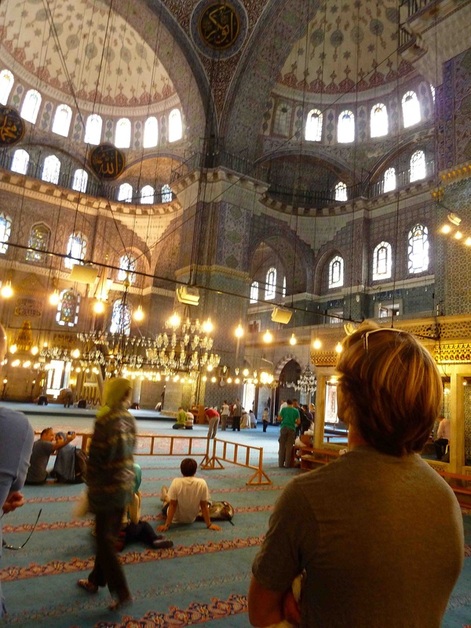
The Golden Horn, the mouth of a river which flows out into the Bosphorus and defines the old city, is crossed by the Galata Bridge to enter Eminönü. Up on the hill stands Topkapı Palace, the Blue Mosque (Sultanahmet Camii) and Hagia Sophia (Aya Sofya) all of which we will visit later.
But one Saturday we rambled across the Galata bridge and visited the New Mosque (Yeni Cami), begun in 1597 and completed fifty years later. An inviting open courtyard with benches and faucets for foot washing led into the peaceful interior where people knelt and prayed, often parent with child, though women were segregated into a back area partitioned off by lattice work. The soaring graceful interior was encompassed by intricate blue tiling. Though we did not come to pray, we felt welcome and calmed.
But one Saturday we rambled across the Galata bridge and visited the New Mosque (Yeni Cami), begun in 1597 and completed fifty years later. An inviting open courtyard with benches and faucets for foot washing led into the peaceful interior where people knelt and prayed, often parent with child, though women were segregated into a back area partitioned off by lattice work. The soaring graceful interior was encompassed by intricate blue tiling. Though we did not come to pray, we felt welcome and calmed.
Just across a plaza is the entrance to the Spice Bazaar, crowded, busy and energetic.
The goods inside are of high quality and priced accordingly though I was warned that for me, a florid obvious alien, I should take any price and offer half. We did not buy anything inside but gravitated to the warren of streets surrounding the bazaar.
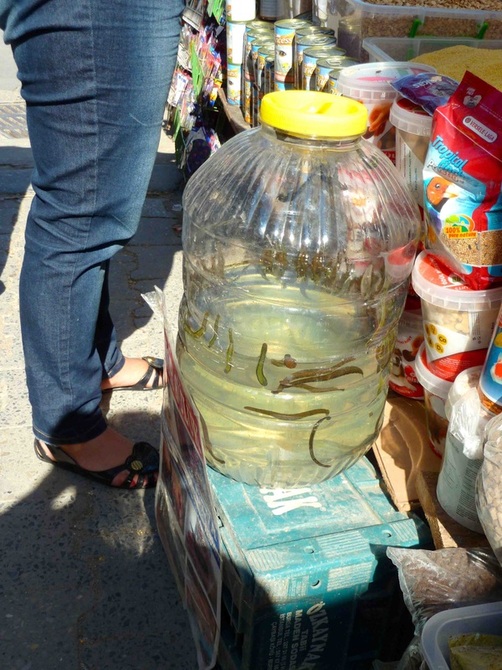
Here, wandering up hill, around the corners, along narrow streets little more than alleys you find first an array of wooden ware: spoons, cutting boards, carvings, bowls, clothes pins, anything made of wood. A block away you enter a plumbing district, then an area of plant seedlings, seeds, puppies, leeches, birds, then the living things district gives way to metal: stoves, gutters, tin boxes as some organic sorting takes place among the merchants. We bought a cutting board for $7 (though after my purchase I saw a similar one go for $5) made from a single board eighteen inches wide and sawn with a protruding handle at one end; I probably sanded the rough edges for as long as it took to saw the shape originally. Later Jesse and I agreed on a backgammon board and we’ve happily played each evening since.
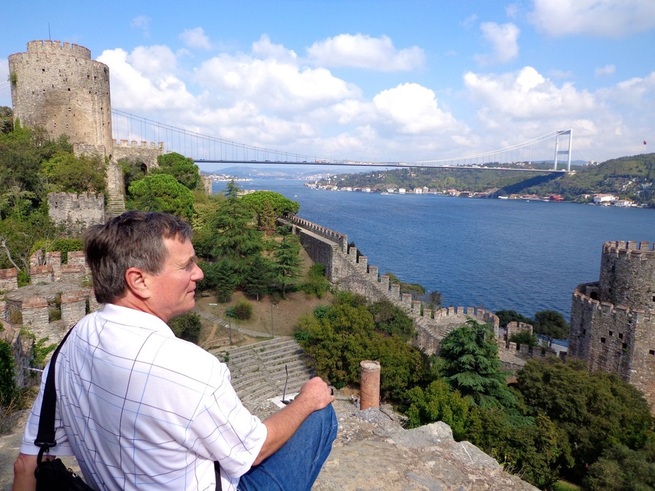
Last weekend we walked north up the promenade along the Bosphorus through our quaint village of Arnavutköy to chic Bebec and onto the Fortress of Rumeli (Rumeli Hisar) in the shadow of the second bridge, the north bridge across the Bosphorus. Built in 1452 in a four month span by Sultan Mehmed II to finalize his conquest of Constantinople and end the rule of the Roman Empire.

After lunch we walked the return (more than two miles each way) avoiding the hooks of the fishermen thronging the quay.
It is possible to walk along the Strait from village to village for more than ten of the twenty miles of the Bosphorus and with some effort you could walk the entirety from the Sea of Marmara to the Black Sea. I expect Sue will do that before we are done.

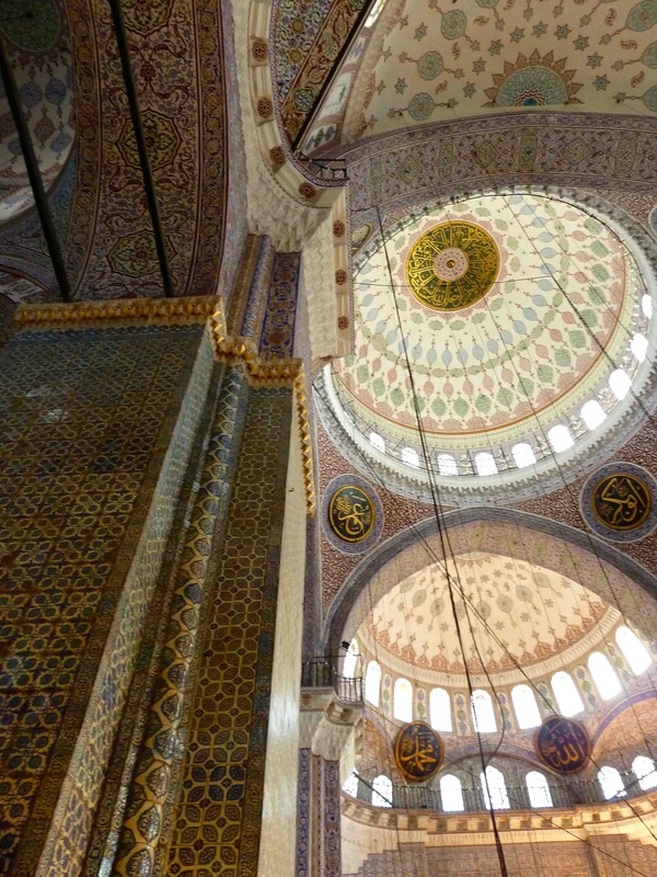
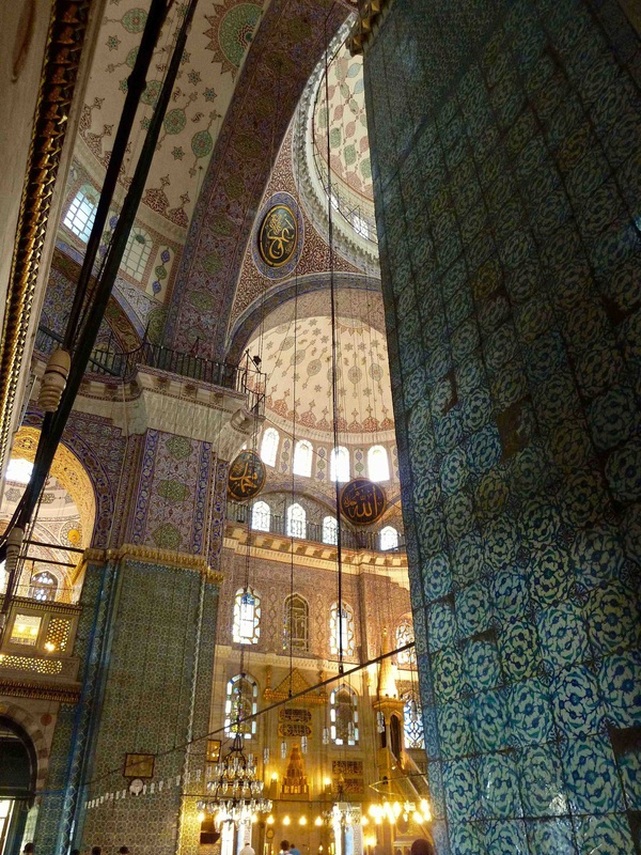
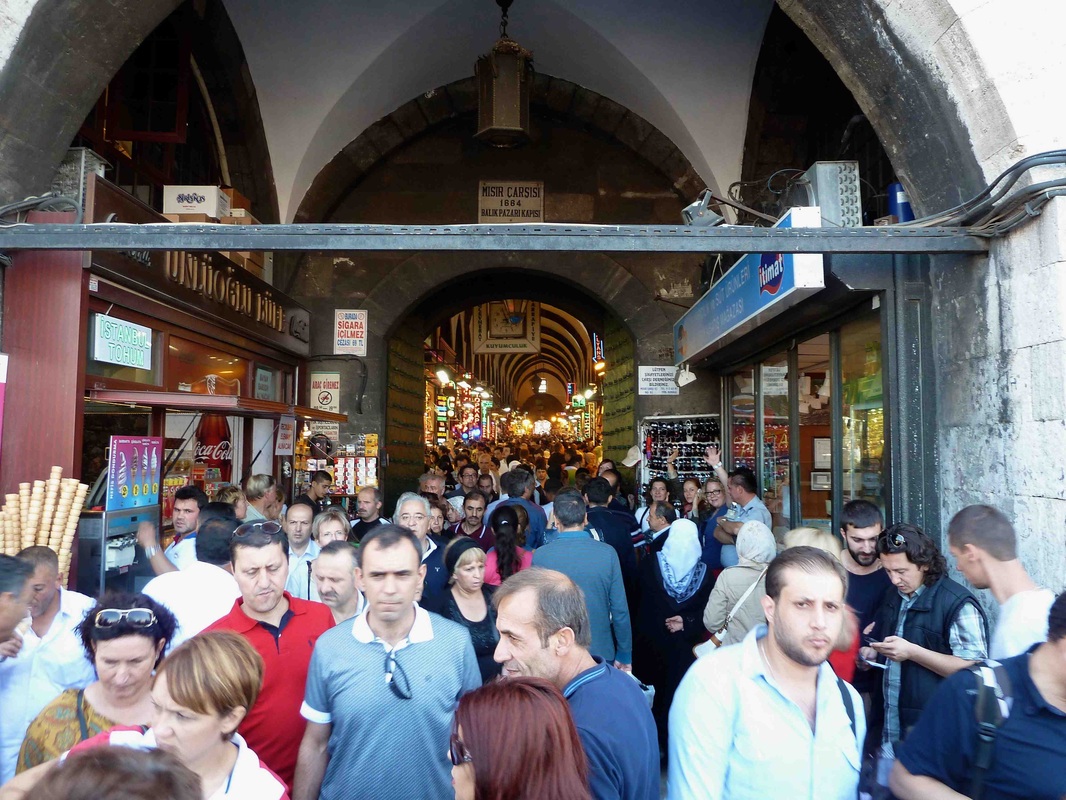
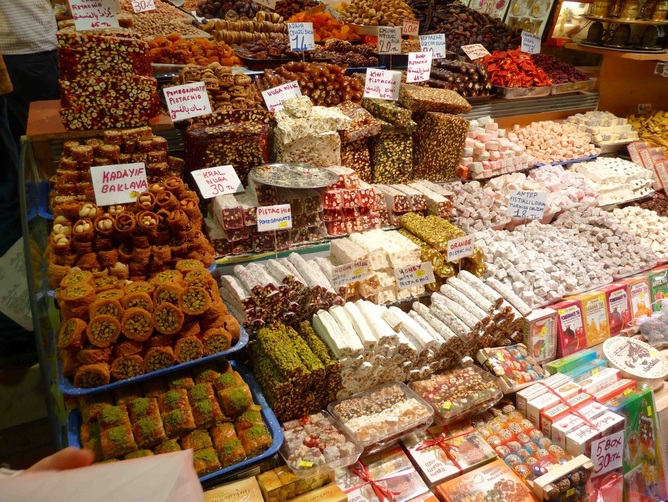
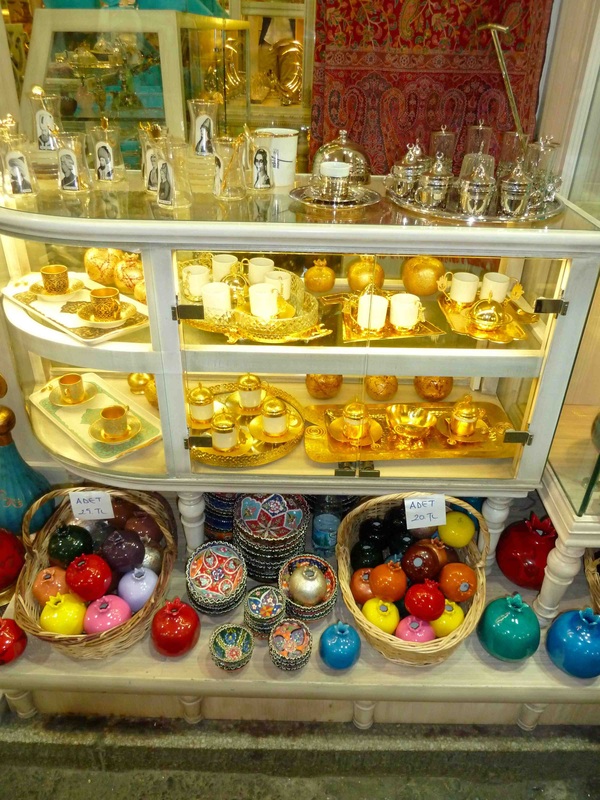
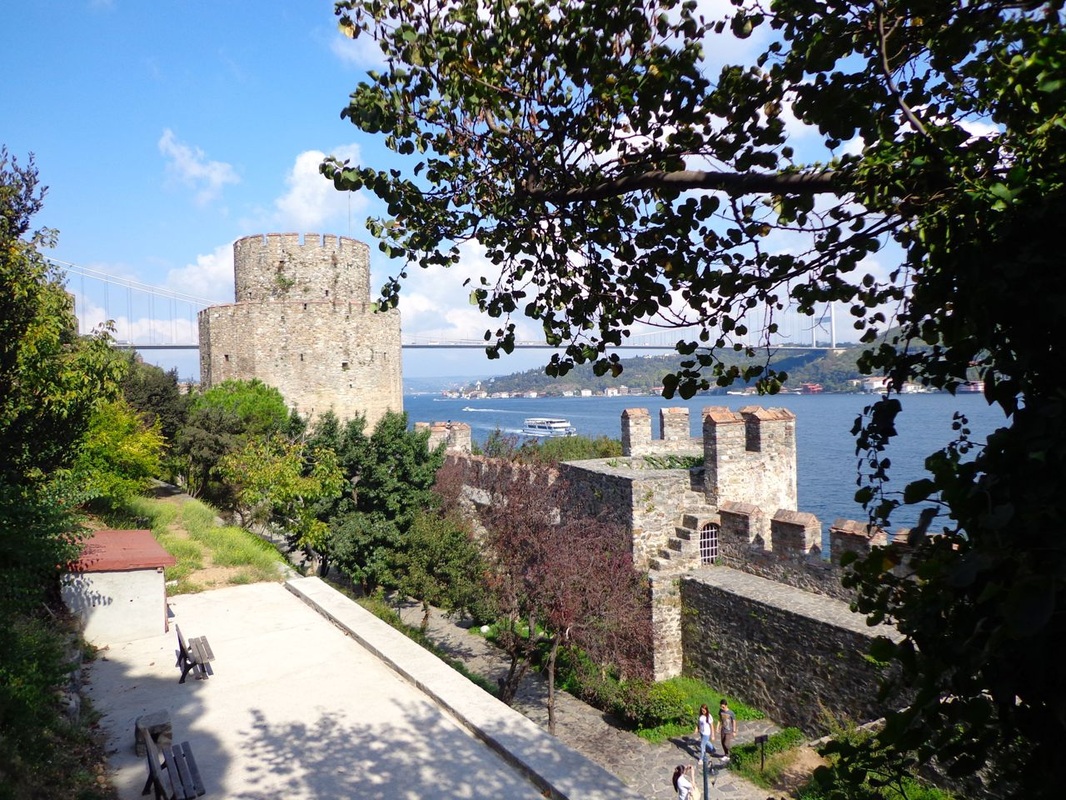
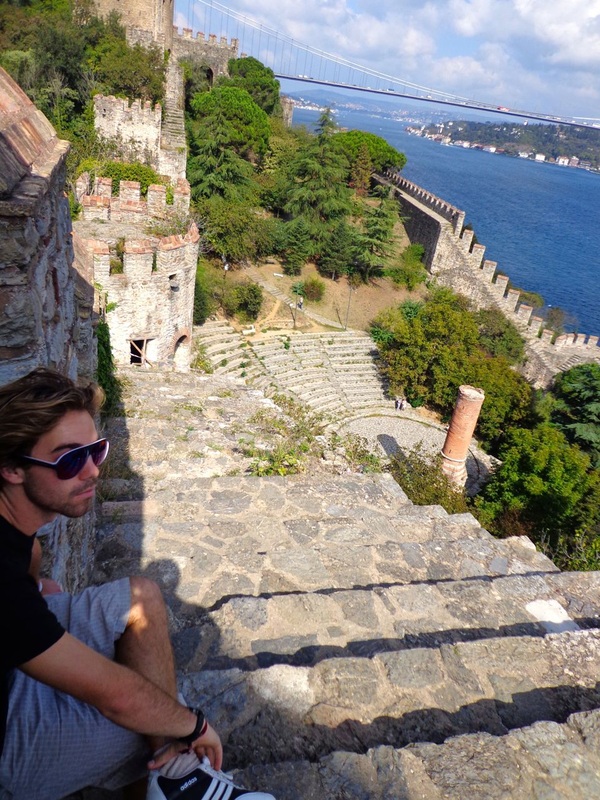
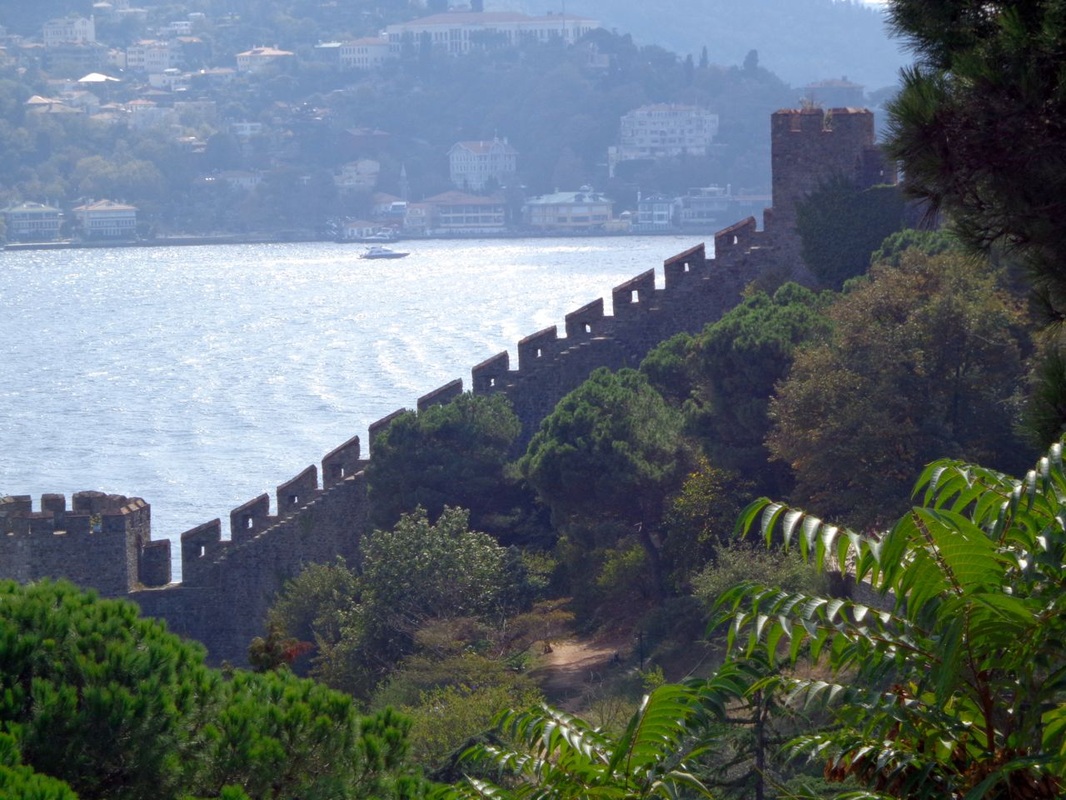
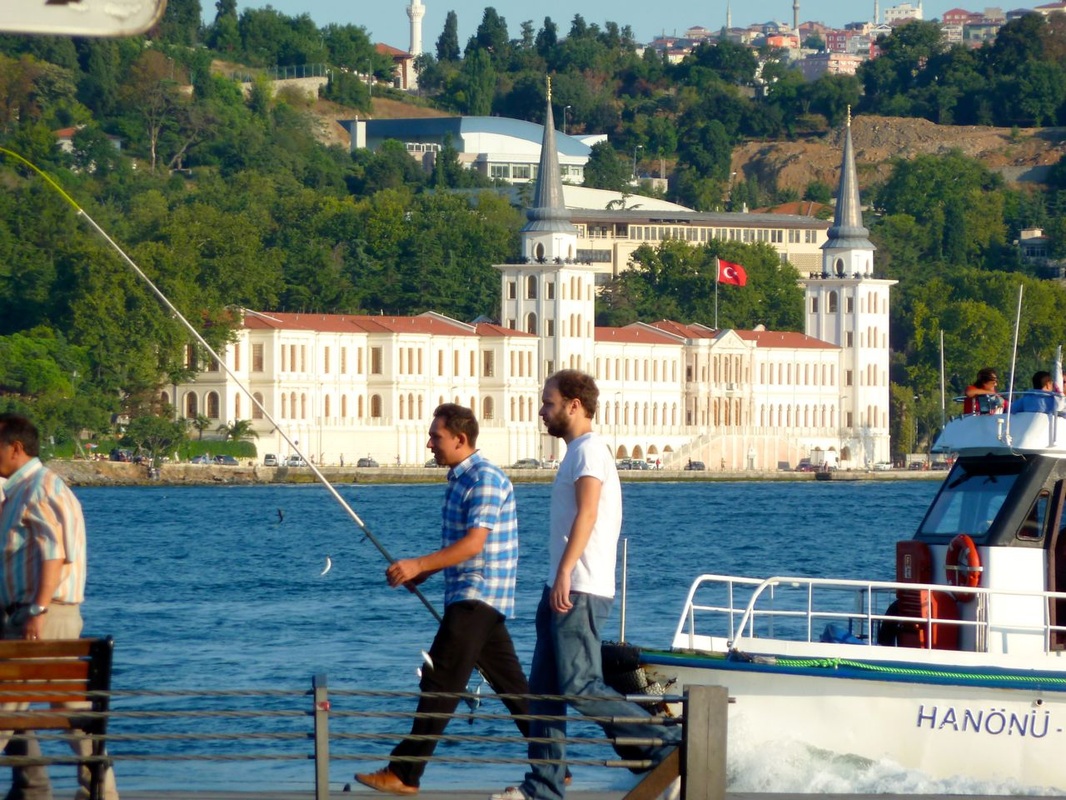
 RSS Feed
RSS Feed